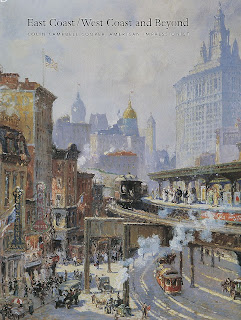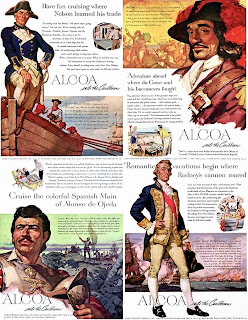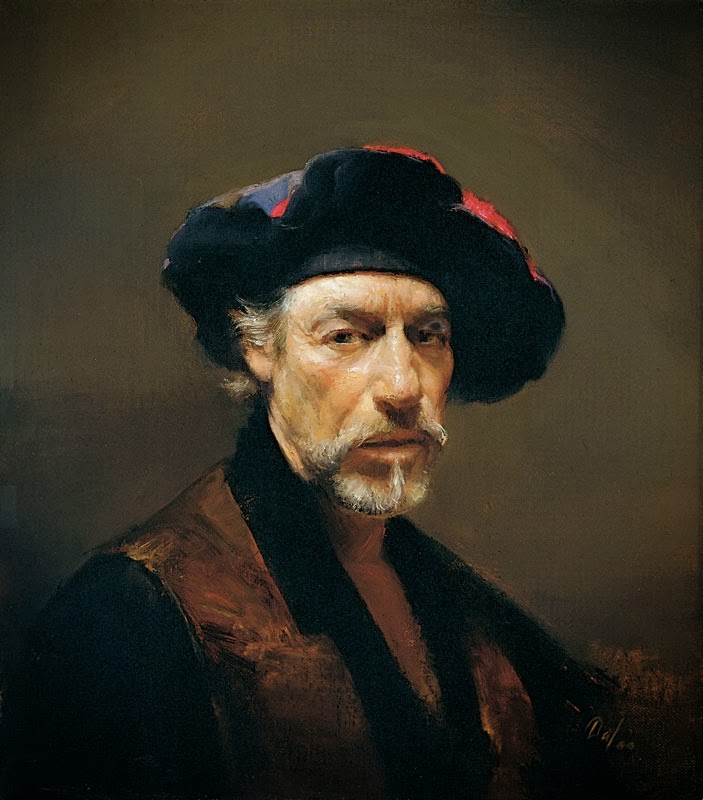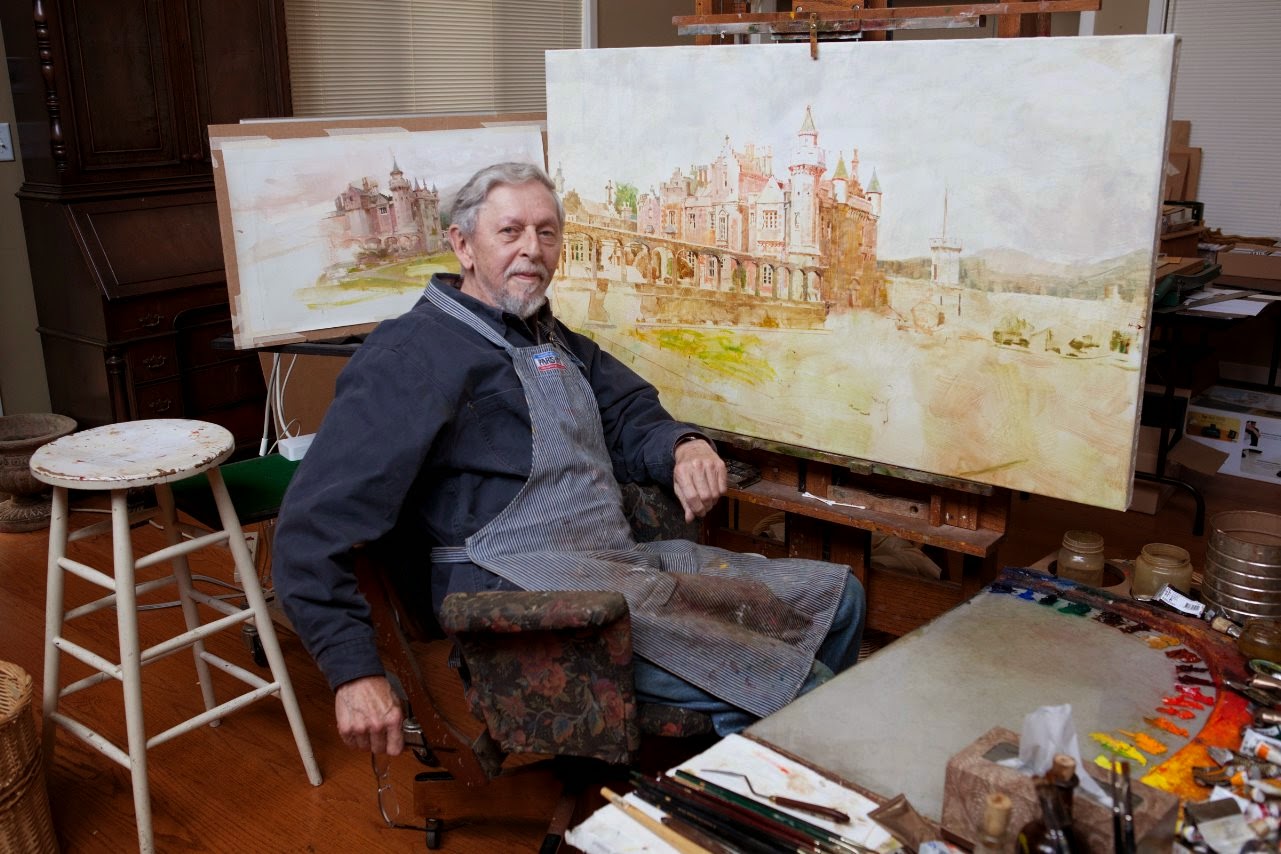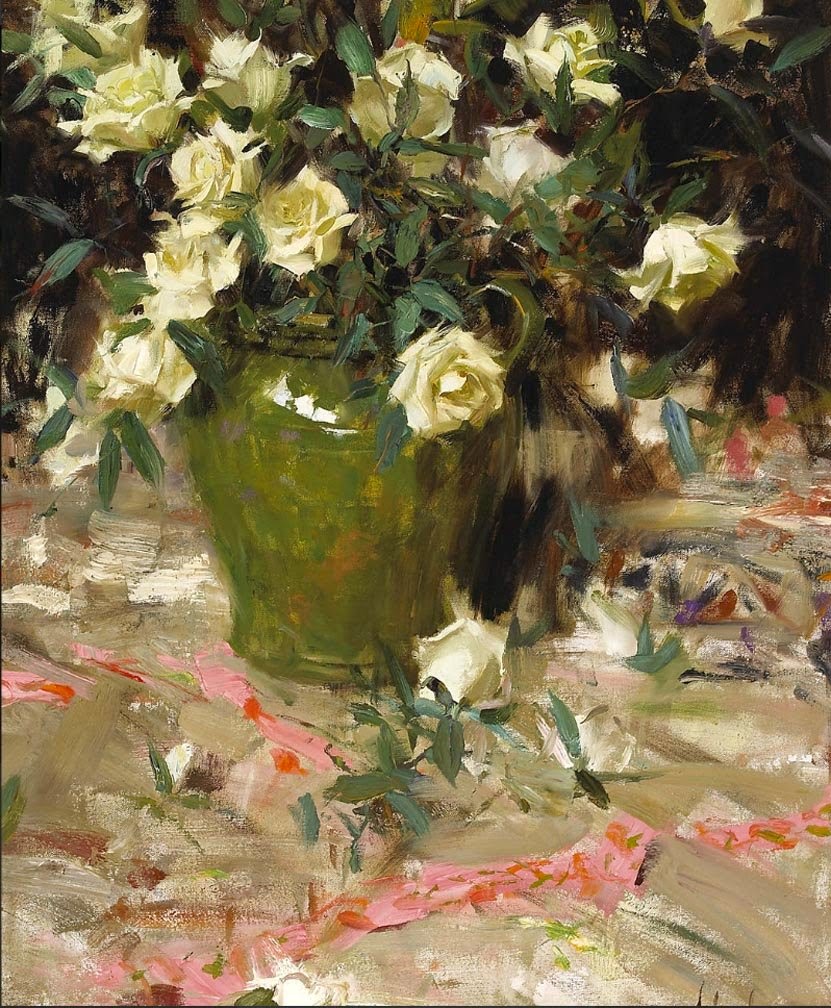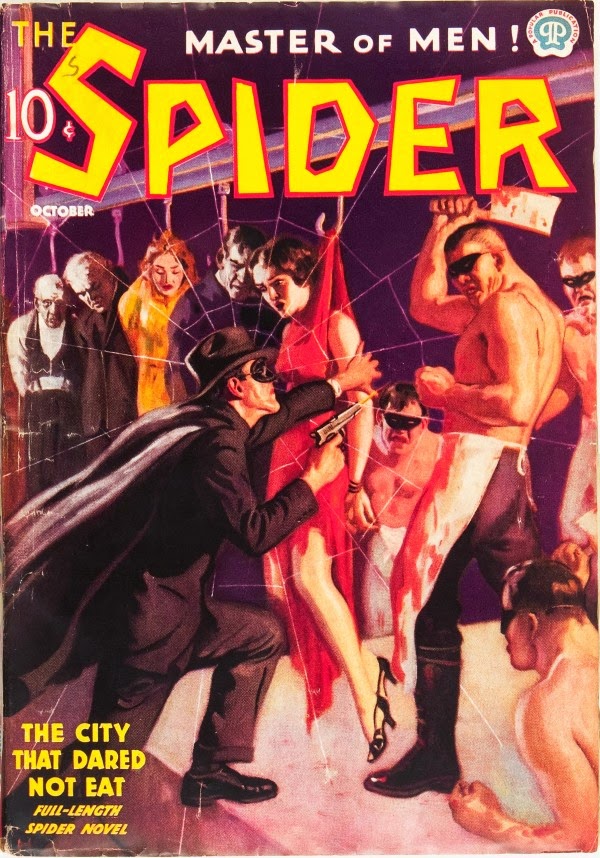Frank Brangwyn
From brangwyn.net
Charity
From artclon.com
Sir Frank William Brangwyn RA RWS RBA (12 May 1867 – 11 June 1956) was an Anglo-Welsh artist, painter, water colourist, virtuoso engraver and illustrator, and progressive designer. He received some artistic training, probably from his father, and later from Arthur Heygate Mackmurdo and in the workshops of William Morris, but he was largely an autodidact without a formal artistic education. At the age of seventeen, one of his paintings was accepted at the Royal Academy Summer Exhibition, he was strengthened in his conviction to become an artist.
(Wikipedia, the free encyclopedia)
After his family moved to England in 1875 Brangwyn entered the South Kensington Art Schools and from 1882 to 1884 worked for William Morris. Brangwyn's plein-air work in Cornwall from 1884 to 1888 resulted in a series of oils, exhibited at the Royal Academy and the Royal Society of British Artists, London, in which the subdued tones indicate the influences of Whistler and the Newlyn school.
(tate.org.uk)
Funeral at Sea
From bbc.co.uk
Initially he painted traditional subjects about the sea and life on the seas. His canvas, Funeral At Sea (1890) won a medal of the 3rd class at the 1891 Paris Salon. The limited palette in this painting is typical of his Newlyn period (although he was not officially a Newlyn artist). By the late 19th century Orientalism had become a favoured theme for many painters. Soon Brangwyn was attracted by the light and the bright colours of these southern countries. He travelled to Istanbul and the Black Sea, working as a deck hand for his passage. He made many paintings and drawings, particularly of Spain, Morocco, Egypt, and Turkey. This lightened his palette, a change that initially did not find critical favor. He continued his travels to different parts of Africa, including South Africa.
(tate.org.uk)
The Swans
The Lower Reaches of the Thames
Fruits and Flagon
All Images from bbc.co.uk
The earthquake of 1910 in Messina, Sicily, inspired a notable series of watercolours, while in etching, which he had begun in 1904, he evolved a monumental style using strong chiaroscuro. Industry, shipping and contemporary London and Venice were favourite theme, lithographs, war posters, and pageant, scenery and architectural designs. From 1924 Brangwyn was occupied with what he regarded as the culmination of his life's work, for panels for the Royal Gallery in the House of Lords. These were rejected by the Lords as being too flamboyant. On completion in 1933 they were purchased for the Guildhall, Swansea: they are still in situ. After his murals of 1930–34 for the Rockefeller Center, New York, he devoted himself to religious art. Brangwyn paid little regard to contemporary developments in art and in his later years lived virtually as a recluse at Ditchling, where he had settled in 1918.
(tate.org.uk)
‘Making Sailors: Youthful Ambition’
From tate.org.uk
Brangwyn was an artistic jack-of-all-trades. As well as paintings and drawings, he produced designs for stained glass, furniture, ceramics, table glassware, buildings and interiors, was a lithographer and woodcutter and was an illustrator of books. In 1952 Clifford Musgrave estimated that Brangwyn had produced over 12,000 works. He collaborated with Japanese Urushibara Mokuchu on a series of woodblock prints. Brangwyn's mural commissions would cover over 22,000 sq ft (2,000 m2) of canvas, he painted over 1,000 oils, over 660 mixed media works (watercolours, gouache), over 500 etchings, about 400 wood engravings and woodcuts, 280 lithographs, 40 architectural and interior designs, 230 designs for furniture, and 20 stained glass panels and windows.
Towards the end of his life, Brangwyn donated many of his own and other artworks to museums and galleries in Britain and Europe. In 1944, he recovered and secured designs by Frederic Shields for the Chapel of the Ascension built by Herbert Horne, which was destroyed in 1940 during the London Blitz. In 1950, one of his last works provided illustrations for the book Sixty Years of Yachts by Herbert Julyan, a good friend.
(Wikipedia, the free encyclopedia)













+and+Schoonover.jpg)
+with+Drexel+students.jpg)









































.jpg)
.jpg)



















































